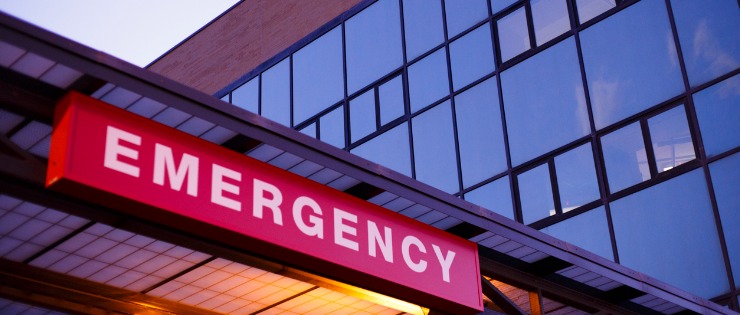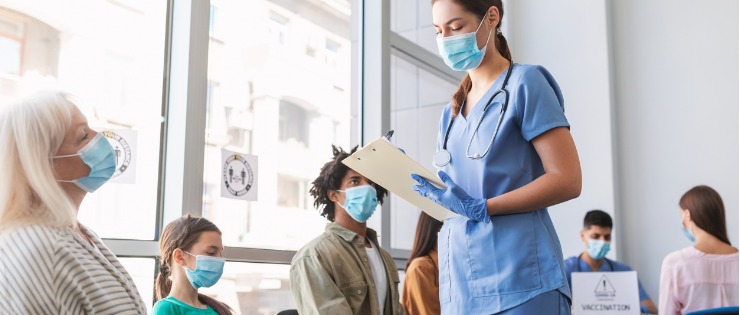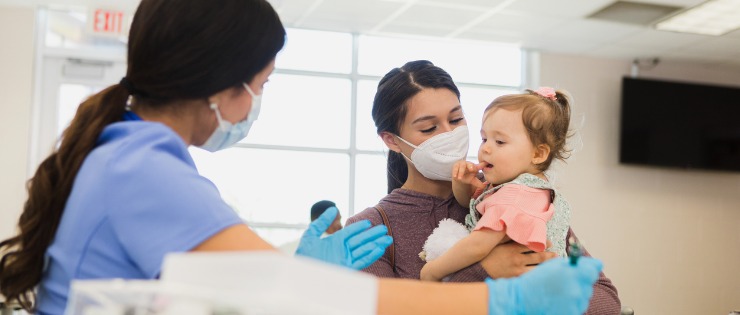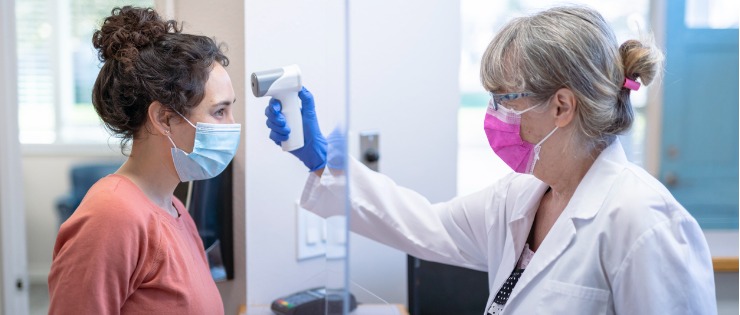
No one likes to think about what we’ll do when a loved one needs emergency care, but it’s good to have a plan in mind so you aren’t having to think under pressure. Years ago, the emergency room was your only option, but now there are multiple options for non-life threatening emergency care.
Urgent care centres have become popular in the last decade in Australia. The centres are helping to take some of the pressure off emergency departments in hospitals. Patients attend urgent care centres when they have urgent, non-life threatening health issues. Some people will go to urgent care because their GP is closed or unable to see them quickly.
Why Do You Wait So Long in the Emergency Department?
There are 8.8 million presentations at emergency departments every year in Australia. One in three of these wait four hours to be treated and admitted to a ward. The ageing population with complex health issues has been placing the system under increased pressure for several years. The problem has worsened since COVID-19, because hospital staff are unable to work due to being ill themselves or in isolation. Building more hospitals or increasing the number of beds isn’t the answer either, because there is a worldwide shortage of healthcare workers.
Patients aren’t seen by a doctor in the emergency department in order of arrival. In most hospitals, a triage nurse will assess each patient soon after arrival. Patients are categorised with triage 1 being the most urgent and triage 5 being the least urgent. The majority of patients are assessed as triage 4.

Waiting Times in Emergency Departments
Most health departments in each state or territory provide emergency department waiting times. The information is in real time, so people can look to see what the situation is at hospital emergency departments in their area. Information provided includes the average wait time and the number of patients waiting to be seen in the emergency department.
Find your state and take a look at emergency hospital data below:

What is Urgent Care?
Urgent care centres see non-emergency cases. They sit between your GP clinic and the hospital emergency department. They also have longer hours and are usually open on weekends when the GP clinic is closed.
The type of health problem is the determining factor of where you can go to receive emergency care.
When to Visit Urgent Care
Urgent care practices are able to see patients with the following ailments:
Cuts that require stitches or glue
Headaches
Vomiting and diarrhoea
Minor injuries
Fever (not ongoing in an infant)
Animal bite
Sprains and strains
Neck and back pain
Sporting injuries
Allergies
Foreign object in eye or nose
Rash or minor burn
Ear and sinus problems
Fractures
Soft tissue infections

When to Go to the Emergency Room
Patients with the following symptoms should go straight to the emergency department of their nearest hospital or call triple zero (000):
Chest pain
Suspected stroke
Loss of vision
Bleeding severely
Head trauma
Difficulty breathing
Severe burns
Poisoning
Unconscious or seizures
Numbness or paralysis
These are potentially life threatening issues and should be seen to by a medical professional as soon as possible.
Cost of Visits to the Emergency Department vs Urgent Care
Visiting the emergency department of a public hospital is free of charge. Most urgent care centres charge some patients a fee for their services. For those who can afford the fee, an urgent care clinic is the best option because the waiting time is much less than that of a hospital.
Does Health Insurance Cover the Cost of Urgent Care Visits?
With the public hospital system under increased pressure, HIF is covering the cost of its members’ urgent care consultations at St John Urgent Care Centres. From 1 September 2021, HIF members have been visiting St John Urgent Care Centres in WA with the cost of their visit covered.
Why Go to Urgent Care?
You will no doubt have heard people speaking positively about their experience with an urgent care clinic. Patients expect to wait like they would at an emergency department, but are pleasantly surprised.
Lower Waiting Times
The main benefit of attending an urgent care clinic is that you’ll usually be seen quicker than the emergency department. The above issues are considered low priority at an emergency department, so the wait time can be long. Urgent care clinics are a walk-in service provider, unlike most GP clinics that require an appointment to be made ahead of time.
Skilled Staff
Urgent care centres are staffed by doctors and nurses, the same as emergency departments. You will receive expert medical care.

Other Options for Urgent and Non-Life Threatening Care
State health departments are keen to take the pressure off their hospitals. Non-life threatening cases extend waiting times and put staff under pressure dealing with cases that could be seen elsewhere.
Some states have run public education campaigns promoting alternative options to emergency departments. When people aren’t aware of the alternatives, they head to their nearest emergency department when they could have been seen faster at an alternative health care provider.
When beds are taken up in emergency departments by non life-threatening cases, it means ambulances can’t drop-off patients. Hospital ramping has become a serious problem around the country at metropolitan and regional hospitals. It means fewer ambulances are available to attend to potentially life threatening call-outs.
Some urgent care clinics are located near emergency departments, helping as an overflow for less serious cases.
GP Urgent Care
The GP Urgent Care Network is a list of GP clinics that have the capacity to see new patients with non-life threatening ailments. When a patient can’t wait a few days to see their own GP, they can look up an urgent care GP.
Mobile night doctors are a good alternative for patients who aren’t mobile enough to attend an urgent care clinic.
Health Direct
Health Direct is a free service that provides health information and advice over the telephone or online. The health direct line on 1800 022 222 is available 24 hours a day 7 days a week, and patient queries are handled by registered nurses. There is an online symptom checker available that allows patients to see what action they should take next.
GP Respiratory Clinics
The Australian Government has set up GP respiratory clinics to test and diagnose people with mild to moderate respiratory conditions, including influenza and COVID-19. Doctors provide free advice and treatment for people suffering from fever, cough, sore throat, shortness of breath and tiredness.
Pharmacy
For people who need advice about their medications, they can ask their local pharmacy for advice rather than waiting to see their GP.
Consider an Urgent Care Centre
Thanks to our partnership with St. John WA, we are delighted to be able to cover the cost of our members' urgent care consultations at St. John's Urgent Care centres. Access to St. John's Urgent Care centres gives HIF members the opportunity to see a GP/doctor after hours and receive care for urgent but non-life threatening injuries and illnesses without having to visit the emergency department.